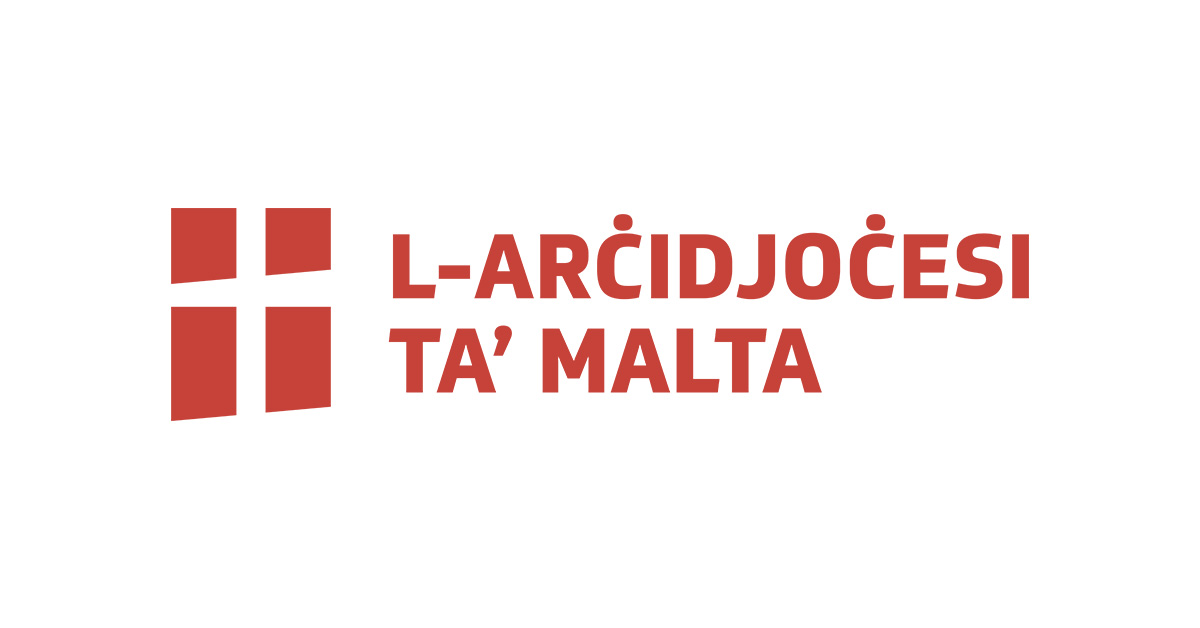The Casa di Manresa was founded by Father Pier Francesco Rosignoli (1691-1775) in 1743. The Jesuits felt the need to provide in an uninhabited area in Floriana, a retreat house for reflection on the issues that really mattered, where people from all strata of society could come and reflect on eternal life.
The building reflected the architectural tendencies of the day, a time when the baroque had reached its peak and had developed into the rococo style. The sculpture on the facade is that of the patron chosen for this place of reflection, Our Lady with the child Jesus in her arms as she hails those entering with the verse from Psalm 33: Venite filii audite me (Come my children, hear me). Our Lady is flanked by St John the Baptist and St Paul. The iconography on the facade brings together the patron saints of Malta and the Order of St John.
Upon entering the chapel, the heart of this house, one is struck by the titular painting on the main altar depicting St Ignatius writing his spiritual exercises under the direction of the Blessed Mother and the Child Jesus. It follows in the tradition of the sacra conversazione. It is the work of the French painter, Antoine Favraj (1706-1798), who was commissioned to execute the whole cycle of paintings adorning this sacred space.
Favray started these works in 1748. On the first altar on the left-hand side he presents the patron saints of the Order of St John and Malta, who like the people on retreat using the place, had both retreated into the desert in preparation for their ministry at the service of the Kingdom. On the right-hand side, the cycle continues with a painting of St Joseph on his deathbed. This is the perfect iconography to reflect upon a climactic moment in the Christian life, a good death, as the dying saint is accompanied by Jesus and Mary.
The second altar on the left-hand side shows the death of St Francis Xavier, one of the greatest missionaries. The cycle comes to an end with the painting on the second altar on the right-hand side depicting a soul being lifted out of purgatory. Therefore, upon entering the chapel, the retreatant would have encounterd a meditation through art, on the aim of the retreat he is pursuing. He sees the action he needs to take as he raises his eyes to a painting of St Ignatius’ conversion on his sick bed, and on the other side with another painting showing the saint giving away his material goods. The need to break away from the pleasures of life are evident. At the very top, the participant could rest his eyes on the figure of the Holy Father looking down upon him, a reminder that he was preparing for eternal life.
The retreatant’s aim in coming here was that of elevating his whole being to the Lord. This is also clear in the paintings found in the refectory – a jewel amongst the decorated places found on the Island. These paintings were commissioned at the time of the second director of this retreat house, Padre Domenico Calvi, in 1762, and were painted by an itinerant Sicilian painter about whom we do not know much else except his name, [Pasquale] Leonetti, according to the signature he left on the ceiling.
St Ignatius emphasises the use of the senses during prayer which is why in this place, those following a retreat could meditate not only through the sacred texts that were read during meals but, once again, also by looking at the paintings all around them in the refectory. The paintings show biblical scenes in which food is mentioned and every scene is linked to a particular type of food. Every painting is accompanied by the scriptural quote that inspired it. This cycle reaches its climax with the scene of the arrival of St Paul on the Island as he is welcomed by Publius and on the other side of the hall by the triumph of the Lamb of God.
To complete their project, the Jesuits brought from Rome the saintly remains of one known as St Calcedonius. It was the practice of the time to extract ‘corpi santi’ from the Roman catacombs and send them to churches that requested them in various parts of the world. This also forms an integral part of the Catholic reform programme as such practices strengthened the cult of the saints. The cult towards our martyr grows so much that the retreat house itself becomes known by his name.
In 1858 Bishop Gaetano Pace Forno moved the Major Seminary from Mdina to this building, where it remained, other than for a short break, for the greater part of the twentieth century. The Minor Seminary also moved into this building in 1892. Once the Seminary moved to Tal-Virtù in Rabat in 1977, the curial administration of the diocese moved to this building from its former seat at the Archbishop’s Palace in Valletta



